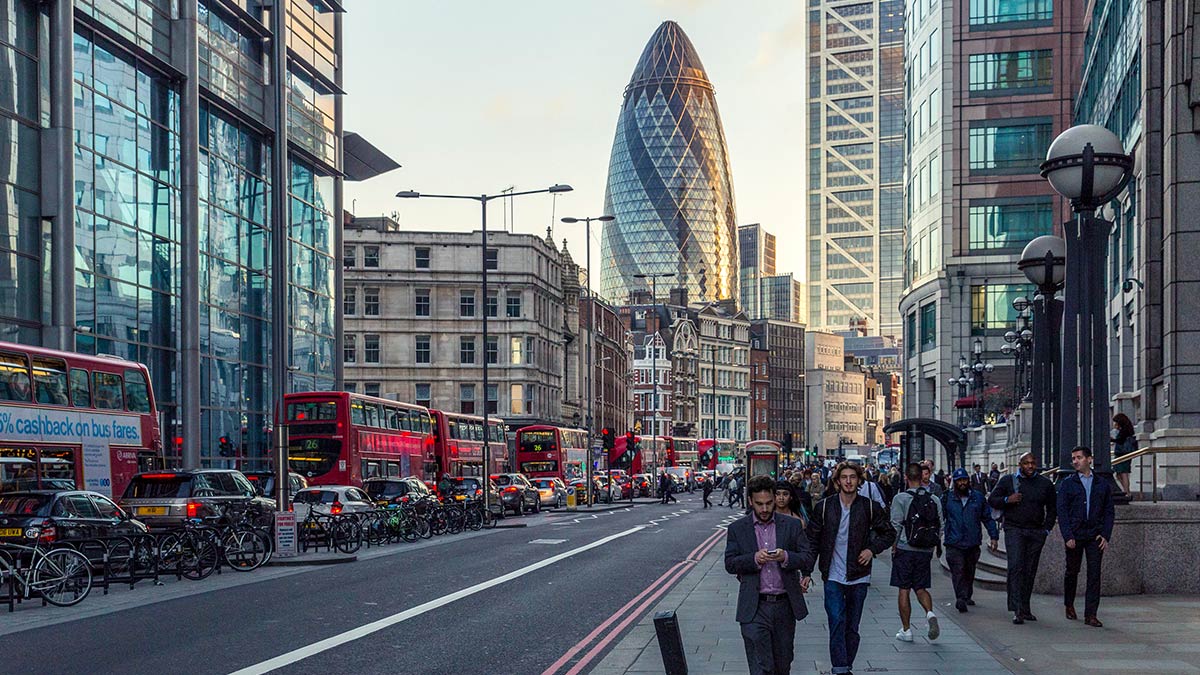
Overview
The Spitalfields and Banglatown and Weavers wards are located in the East End of London in the London Borough of Tower Hamlets. The area is in close proximity to the City of London to the west and the former docks to the east. The area’s rich history is immersed in the historic weaving and textile industries that were supported by successive waves of migrants who shaped a distinctive cultural, mercantile and political sense of place.
The area’s array of significant historic markets, including Old Spitalfields, Petticoat Lane and Brick Lane, alongside important religious buildings like Christ Church and the East London Mosque, is framed by the vibrant everyday life along Commercial Street to the West, Brick Lane in the centre and Whitechapel High Street to the south. A number of significant public spaces and institutions contribute to the area’s public life, including Toynbee Hall, Altab Ali Park and the Whitechapel Art Gallery. The life of the area is additionally supported by a number of educational colleges and institutions, including Queen Mary’s, Barts and the London School of Medicine, City of London College, and London Metropolitan University. In recent years, through the strengthening of the cultural industries supported by planning, there has been a re-emergence of activities associated with the historic presence of the fashion industry, as well as with the art world and with an expanding tourism industry.
Within the established and emergent social and economic life of Spitalfields and Banglatown and Weavers wards it is important to recognise the profound process of urban change over the past two decades, forged by large-scale redevelopment processes advanced by both the state and the market. These include significant public investment into public transport infrastructure such as the upgrading of Shoreditch High Street station, as well as private developments such as Spitalfields Market, and a number of new commercial and residential developments such as Aldgate Tower and Aldgate Place. Such processes not only alter the urban fabric and everyday activities of the area, but also significantly impact on those living and working here. Following the 2008 global financial crisis, urban development processes accelerated across London, leading to substantial increases in property and rental values, and resulting in the dislocation of those no longer able to afford a place to live or work. In the case of Brick Lane, this has implications for both the shop proprietors and customers. These structural shifts have played out in the changing urban economies on Brick Lane, which can be broadly described as a street shaped by two differing halves. If the centre of Brick Lane is broadly marked by the redeveloped The Old Truman Brewery, a large mixed-use development that includes office space, retail, street food and a weekly market, then the northern end is characterised by niche activities and boutique retail strongly associated with vintage clothes. The southern end historically associated with ‘curry lane’ includes the remnants of Banglatown’s curry houses alongside a range of food retailers and outlets generally pitched at prices affordable to students and local workers.